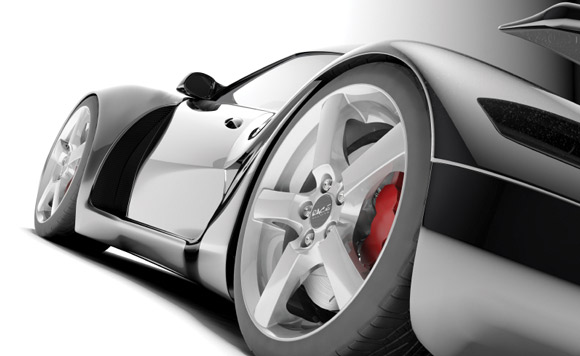– by Julian Sale –
Thirty years ago, the pinnacle of automotive performance was found in Formula One cars. This is still true today. What is amazing though, is that back then, only a sliver of the technology found on those cars made it to the cars you and I could buy.
How times have changed. Formula One cars used turbochargers until they they were banned in the 1980s, mainly because they produced as much as 1,400 HP from a 1.5-litre engine. Yes, those numbers are correct. The automotive industry has used racing to engineer and develop things like anti-lock brakes, traction control, massive brakes, aerodynamic bodies, smoother paint, lightweight suspension parts … and the list goes on.
Today, we enjoy the marvel of automotive engineering, such that the advancements made in racing only a couple of years ago make it directly into the cars we can buy today. For example, direct fuel injection has been around since the Second World War, but never mass produced in cars until the racing world had to use the technology to increase fuel economy.
Another interesting point is engine life. We used to rebuild V8’s at only a few years old. Now GM puts a 160,000-kilometre warranty on their engines. Without the racing community being forced to use the same engine in a race car for longer periods of time, the development leading to longer engine life would not have been necessary. The fact that Toyota Priuses routinely last 750,000 kilometres is a direct result of lessons learned in racing.
The Nissan LEAF, and many other cars, employ rear diffusers for clean under-body airflow, thanks to F-1. So next time you’re rolling along Beacon Avenue at 28 kilometres per hour, thank the racers of yesterday for allowing you to do it with minimal fuel consumption, low rolling resistance, and a silky smooth engine. But if you roll at 32km/h, just watch out for the fuzz … .




